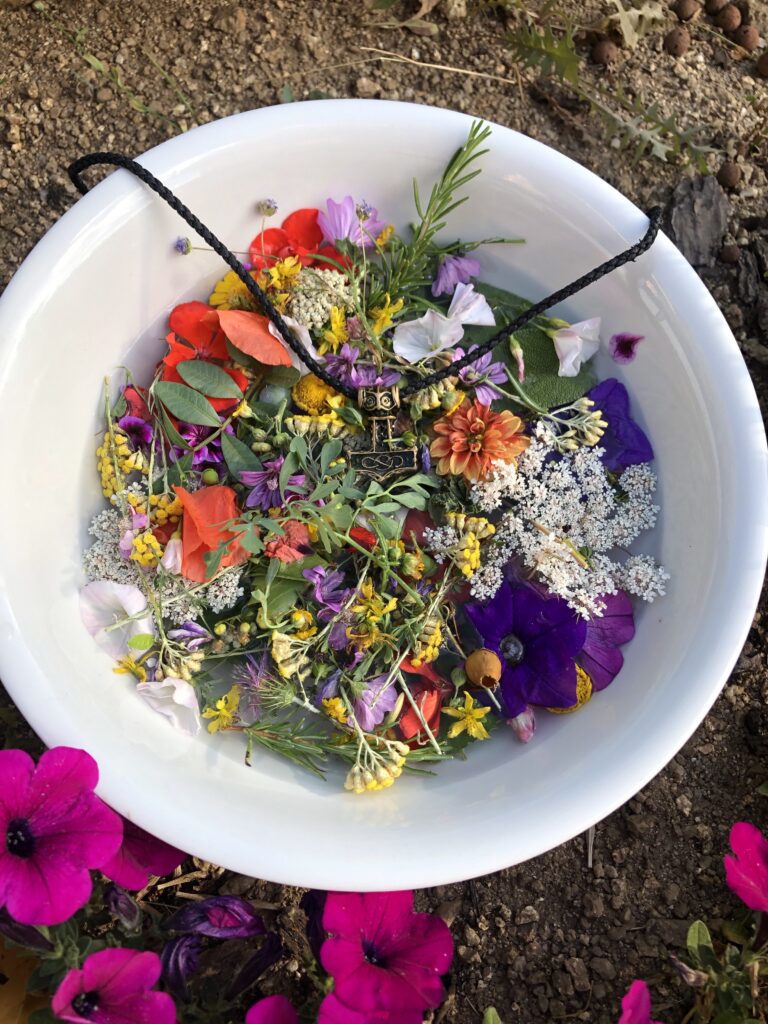
L’Acqua di San Giovanni
Every year, on the eve of June 23rd, as twilight kisses the longest days of the year, Italians across the country quietly perform an old rite: gathering herbs and flowers, placing them in water, and setting the bowl beneath the open sky. Come dawn, they wash their hands and face in the fragrant infusion—a gesture of blessing, protection, and renewal for the season ahead.

This simple ritual, known as L’Acqua di San Giovanni, or St. John’s Water, is more than a folk custom. It’s a remnant of older, earth-based practices—a ritual that lives on in kitchens and gardens, passed down through the hush of generations.
🌿 The Tradition
According to legend, the dew on the night of June 23 is especially powerful, charged by the sun’s peak and the sacredness of the season. People gather plants like rosemary, lavender, St. John’s wort, mugwort, rue, mint, sage, and rose—each holding its own lore and energy—and steep them in water under the stars.

This blend is left outside overnight to absorb the midsummer magic. At dawn, the water is used to wash one’s face, invoking protection, love, fertility, and health. In some traditions, it’s sprinkled around the home or used to bless children, gardens, and animals.
🔥 A Time of Solar Blessing
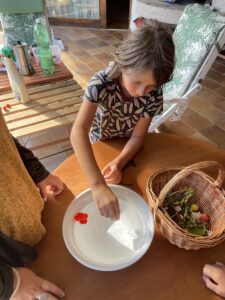
Midsummer is the season of the sun at its highest power—when life bursts forth in blooms and fruits, when light stretches long into evening, and the veil between worlds grows gossamer and warm. It is a time of celebration and reflection, of weaving joy and magic into the everyday.
🕯️ Honoring the Old Powers Through Folk Practice
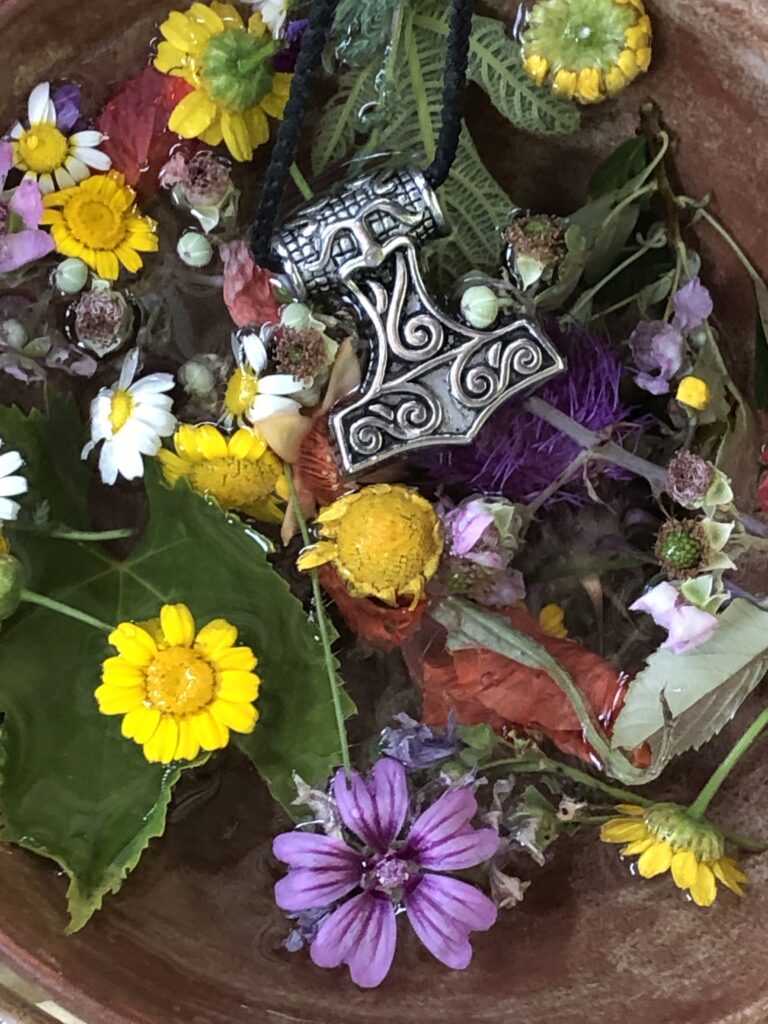
With Thor’s Hammer
In my family tradition, we often see the figure of San Giovanni—St. John the Baptist—as a vessel through which older solar energies still flow. His midsummer feast, aligned so closely with the Summer Solstice, pulses with themes of fire, fertility, protection, and purification—hallmarks not just of folk Catholicism, but of ancient pagan festivals across Europe.
It’s not uncommon in folk magic to interpret saints as carrying echoes of older deities, especially those connected to the land. In our own practice, the radiant energy of San Giovanni sometimes resonates with the thunderous strength of Thor, or the blooming, fertile blessings of Freya. These are not arbitrary connections—they’re intuitive, ancestral, and emerge from the shared symbols of the season: ripeness, fire, protection, and love.
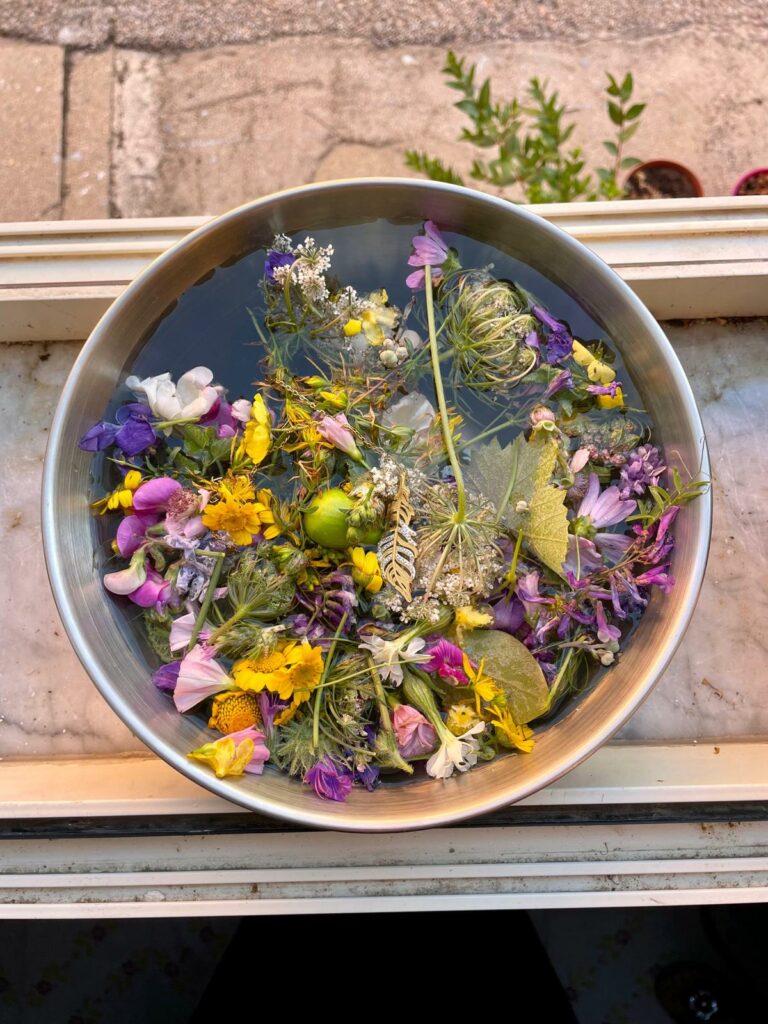
with Freya’s Golden Feather
If you feel drawn to this ritual but don’t walk a Catholic or Christian path, know that you are not out of place. These practices were shaped by the land long before they were given names by the Church. When we gather herbs, bless the water, and wash with intention, we are not only honoring a saint—we are returning to the source.
You might choose to dedicate your acqua to the sun itself, to the spirit of the plants you gather, or to deities in your own lineage who carry the flame of midsummer. The key is to maintain the spirit of the practice intact: honoring life, blessing the body, and remembering that you are part of the turning world.
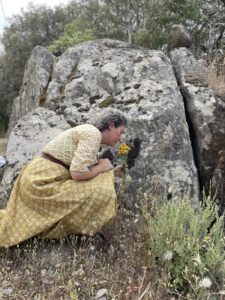 ✨ Want to Try It?
✨ Want to Try It?
I’ll be hosting a live version of this ritual on Sunday, June 22, 2025 at 6 PM CET, on Instagram. Get the details here.
All you need is:
*A bowl of clean water
*Fresh or dried herbs (whatever’s seasonal or meaningful to you)
*Your hands, your breath, and a wish for the season
If you can’t join live, don’t worry—I’ll keep it on my grid.
This solstice, I invite you to gather the plants, stir the water, and remember the magic that lives right at your fingertips. 🌞
Related Articles:
Midsummer (Litha, Summer Solstice)
Summer Solstice Apricot “Dutch Baby”
Golden Light & Battle Flowers: Honoring Freya & the Valkyries at Midsummer

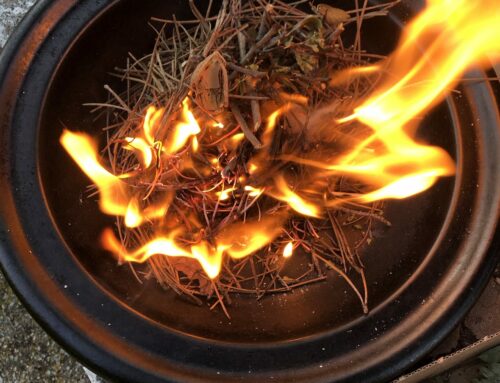

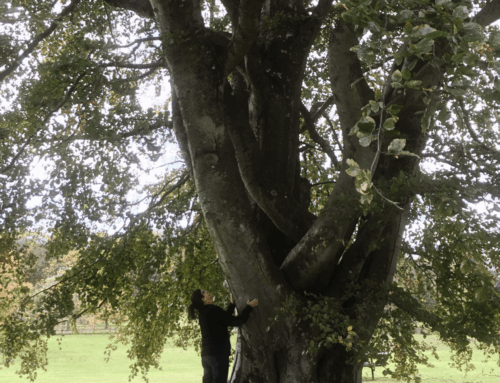


Leave a Reply